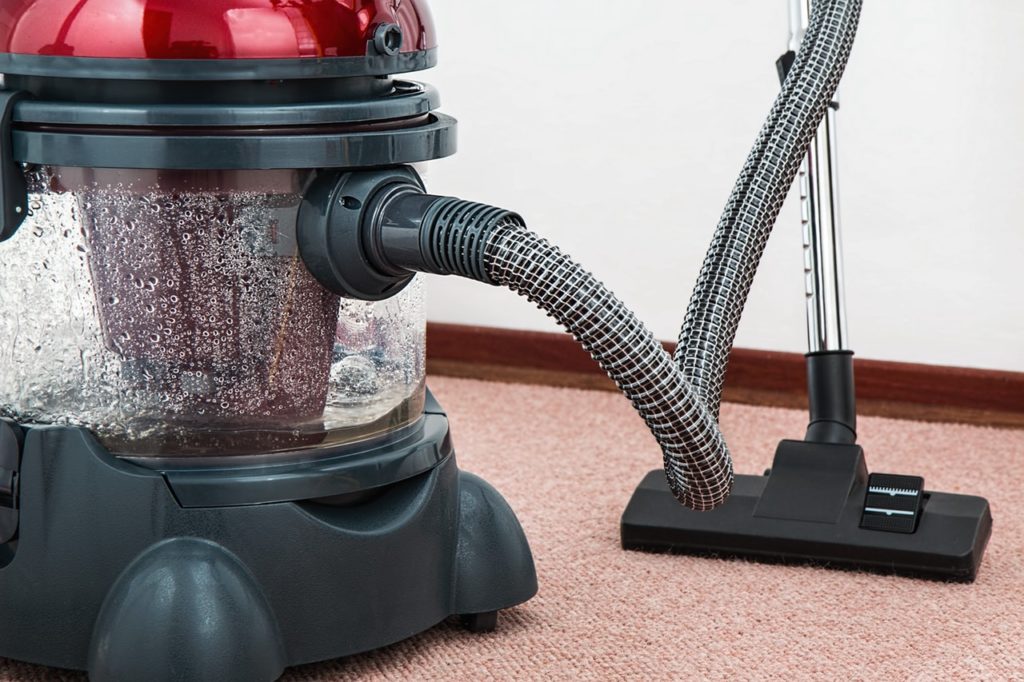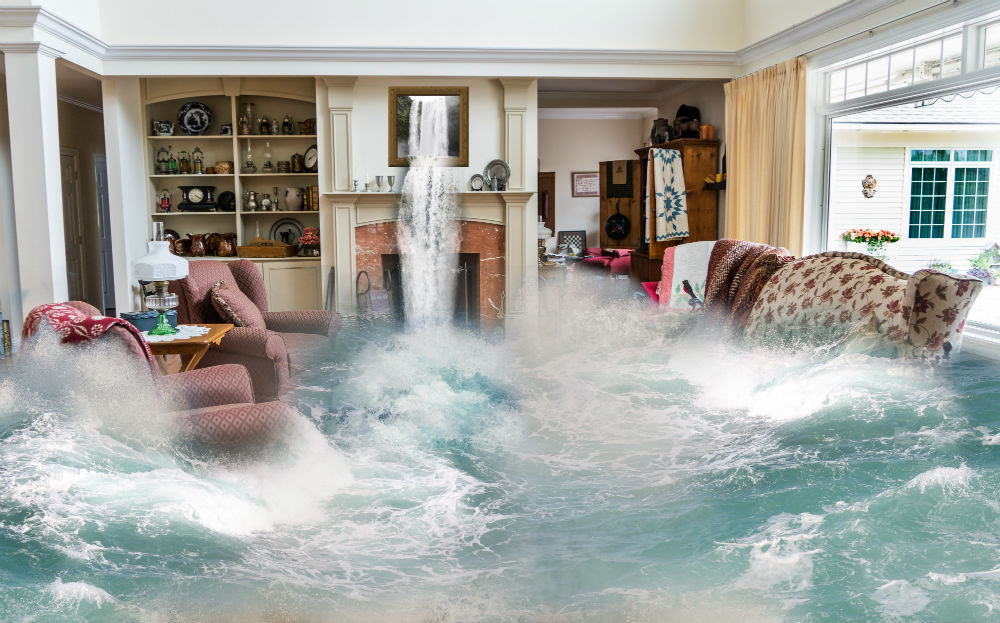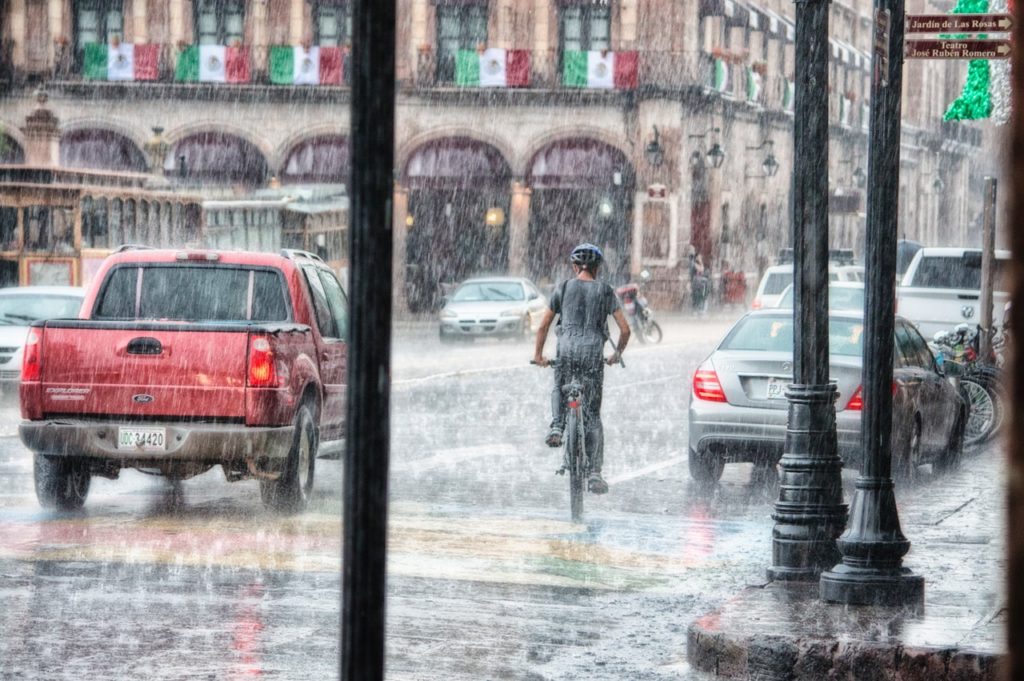
Despite the name, steam carpet cleaning does not use steam. Instead it uses hot water. The water is not at the boiling temperature but is hot enough that some steam is generated during the cleaning process and makes it look like steam is being used. Hence the name, even though that gives an incorrect impression of how it works. Thanks to Steve of Annapolis Clean Carpet (https://www.annapoliscleancarpet.com/) for help with information on this topic. He has been in the business over 20 years, and we appreciate his expertise and knowledge.
Steam Cleaning vs. Chemical or Dry Carpet Cleaning
Steam cleaning uses hot water and detergents. It gets all the way down and cleans the pile of the carpet that the carpet fibers are attached to as well as the carpet fibers themselves. Steam cleaning removes 97% of dirt and bacteria, so if you have allergies, this method is probably the choice for you.
Dry or chemical cleaning uses a cleaning solution. It is still wet, but uses much less liquid than with the steam cleaning method. The chemical solutions do not get as deep and tend to just clean the top layer of the carpet. Therefore, if you have deep stains, you probably want to use steam cleaning.
There will be some residue left in the carpet so you should make sure that the carpet cleaning company tell you what chemicals are being used so that you can do your own research if you want.
Carpet Drying Time
The drying time will take longer with steam cleaning than with chemical cleaning. The drying time is impacted with how efficient the extractor is that the carpet cleaning company uses. Because it can take several hours, sometimes more, you should choose a time to get the carpet cleaned when it will get little to no traffic immediately after cleaning.
Professional Carpet Cleaning vs. Rental machines
You can do a decent job with rental machines but they are not as powerful and do not clean as deeply and thoroughly. So, you can use rental machines normally, but from time to time you really should get your carpets cleaned by a professional.
Carpet Cleaning Preparation
A professional can do all of the following steps, but you can save yourself some money by doing the following in advance.
Clear Out the Room
The cleaning will be much more effective if you take everything that is on the floor out of the room. That means all the furniture and anything else that is in the room. If some of the furniture is too heavy, you may need to leave it in place or perhaps get the carpet cleaners to help you move it. If it can’t be moved, you can put foil, plastic wrap or wax paper under the legs to protect from the moisture.
Or, you can move all the furniture in one spot, get the carpet in the rest of the room cleaned and then, after it is dry, move the furniture to the other side and repeat the process.
Clean the Baseboards & Ceiling Fans
By dusting the baseboards and ceiling fan you will limit any dust which might fall while the carpet cleaning process is going on. Or even worse, after the cleaning is over.
Vacuum the Carpets
If you are cleaning the carpet yourself, you should do this. If you have a professional cleaning the carpet, they should vacuum first. The reason is that the vacuum will pick up larger dirt. The steam cleaning process is designed to remove smaller dirt wedged down in the fibers. It is preferable to vacuum twice before cleaning. Vacuum in one direction and then the second time vacuum in the opposite direction or at a 90-degree angle to the first time. Even though you are going to vacuum twice, vacuum more slowly than usual to maximize the amount of dirt you remove.
If there are any stains, you or the professional will pretreat the spots with a stain remover.
We hope you found these tips useful.
…

